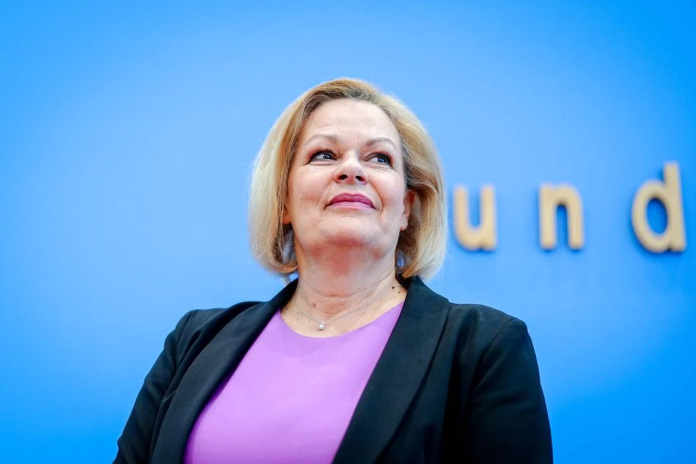Germany’s Interior Minister Nancy Faeser attributed a dramatic decline in asylum applications to the reintroduction of border controls, marking the lowest migration figures since the COVID-19 pandemic.
Above all, we have significantly reduced the number of arrivals in Germany. The internal border controls at all German land borders contribute significantly to this.
Faeser highlighted that a 33% drop in asylum applications in 2024, just 213,000 claims, was the lowest since 2021. She credited internal border checks at Germany’s land frontiers with Poland, the Czech Republic, and Switzerland, which were reinstated in October 2023 under a Schengen zone exemption.
Since then, authorities denied entry to 50,000 individuals and arrested 2,000 suspected smugglers. The measures followed public outcry over rising irregular crossings and a knife attack in Solingen linked to a failed asylum seeker.
A leaked draft of the upcoming coalition agreement between the Christian Democrats (CDU/CSU) and Faeser’s Social Democrats (SPD) reveals plans to detain migrants pending deportation, expand detention facilities, suspend family reunification for asylum seekers, and turn back arrivals at borders in coordination with EU neighbours.
The proposals follow controversial remarks by Hans-Eckhard Sommer, head of Germany’s migration agency, who suggested replacing individual asylum rights with humanitarian quotas for direct resettlement from abroad. Faeser firmly rejected the idea.
As Germany balances security concerns with humanitarian obligations, Faeser’s tenure ends with migration policy at a crossroads and tougher controls on the horizon.
